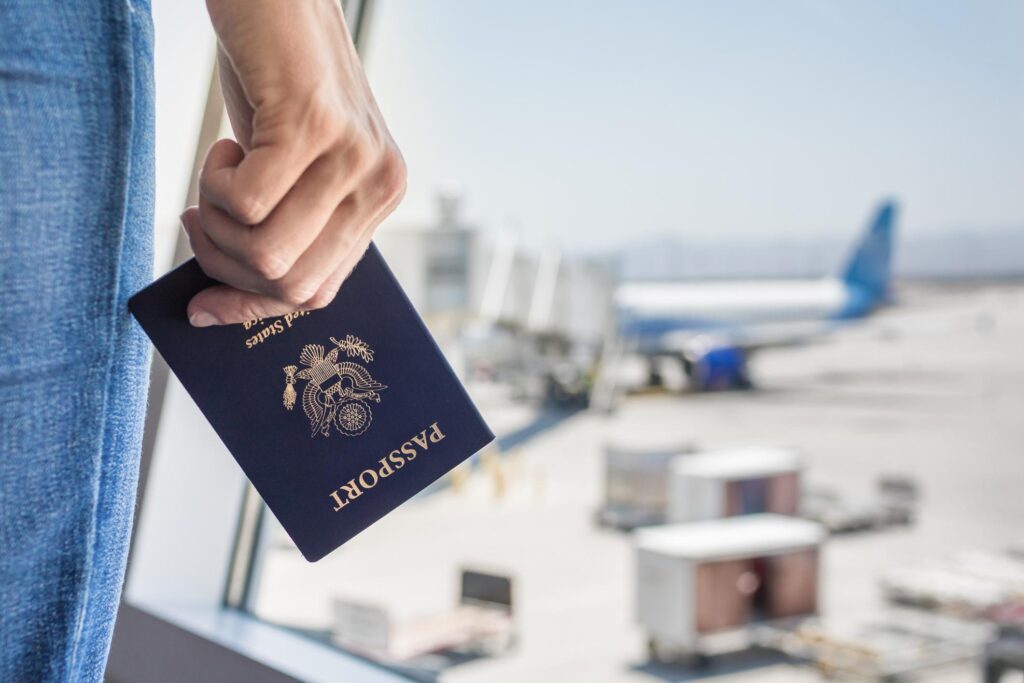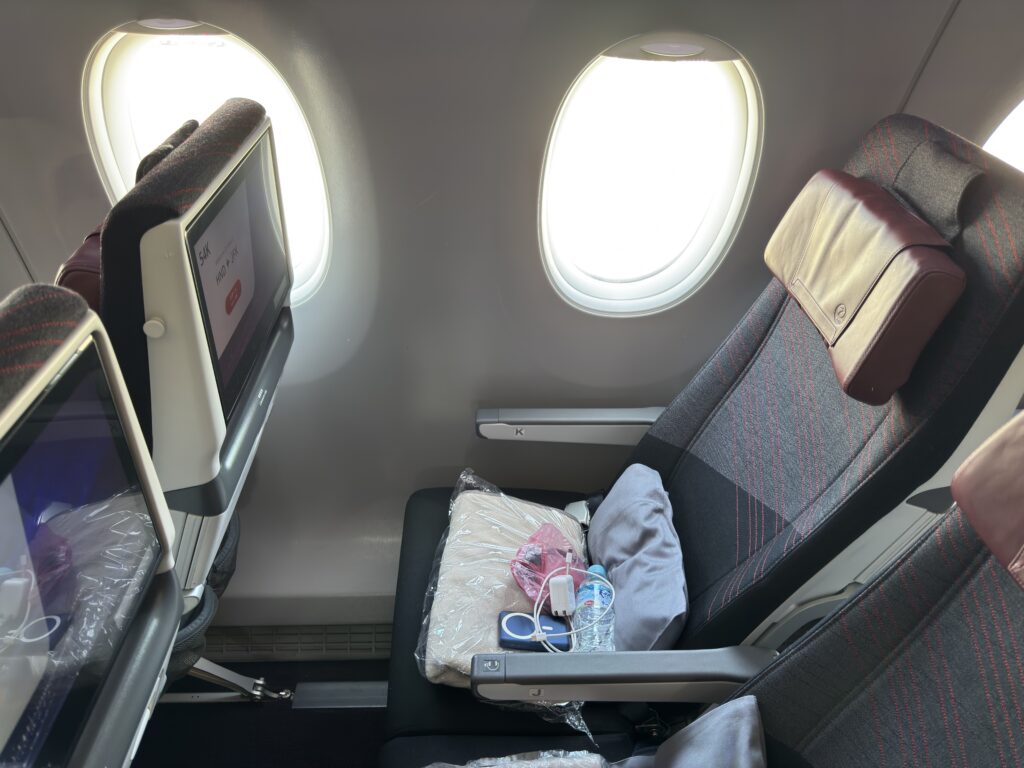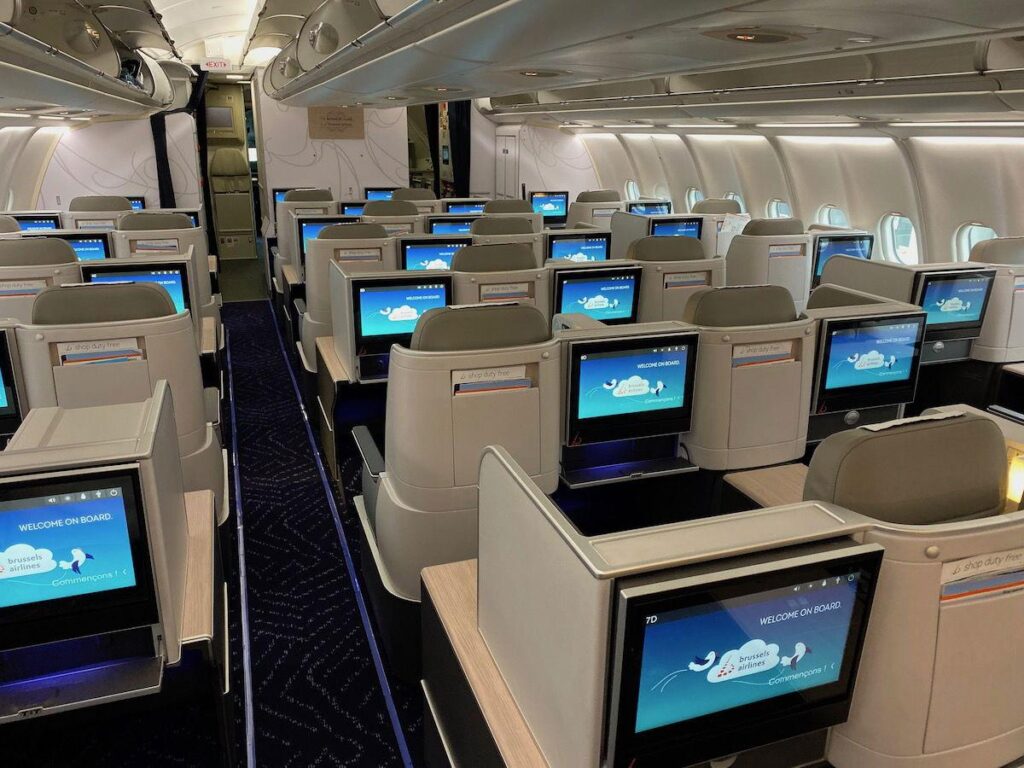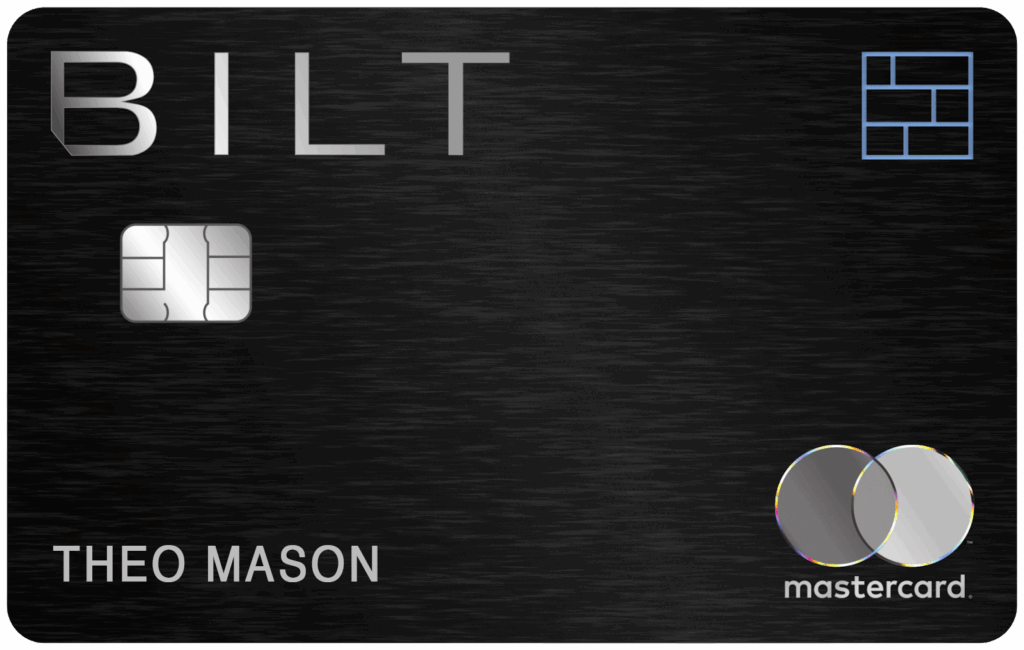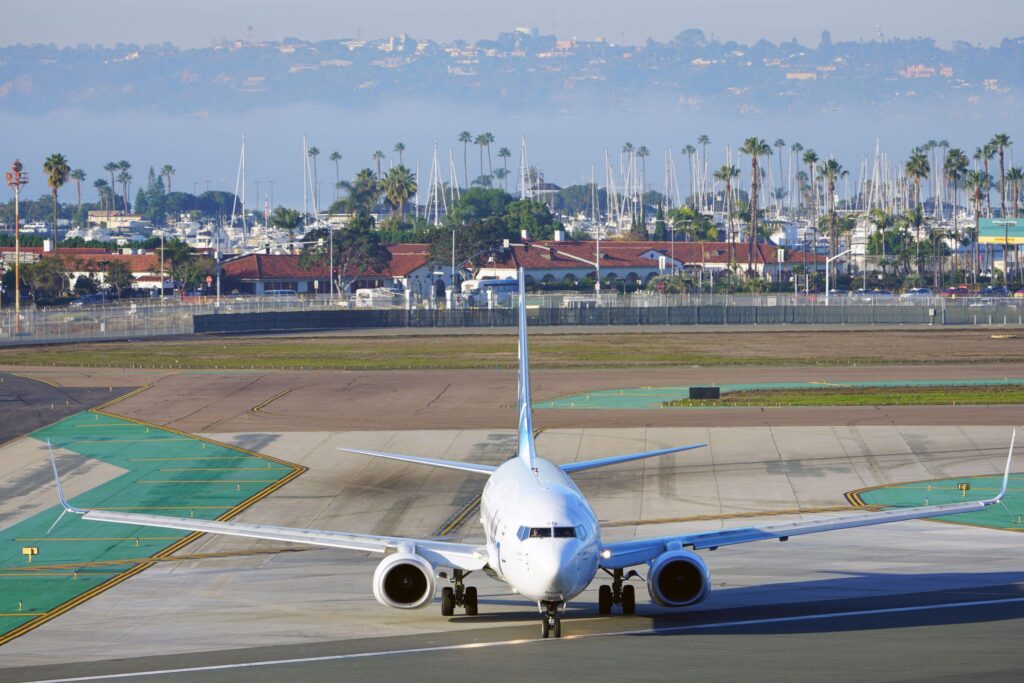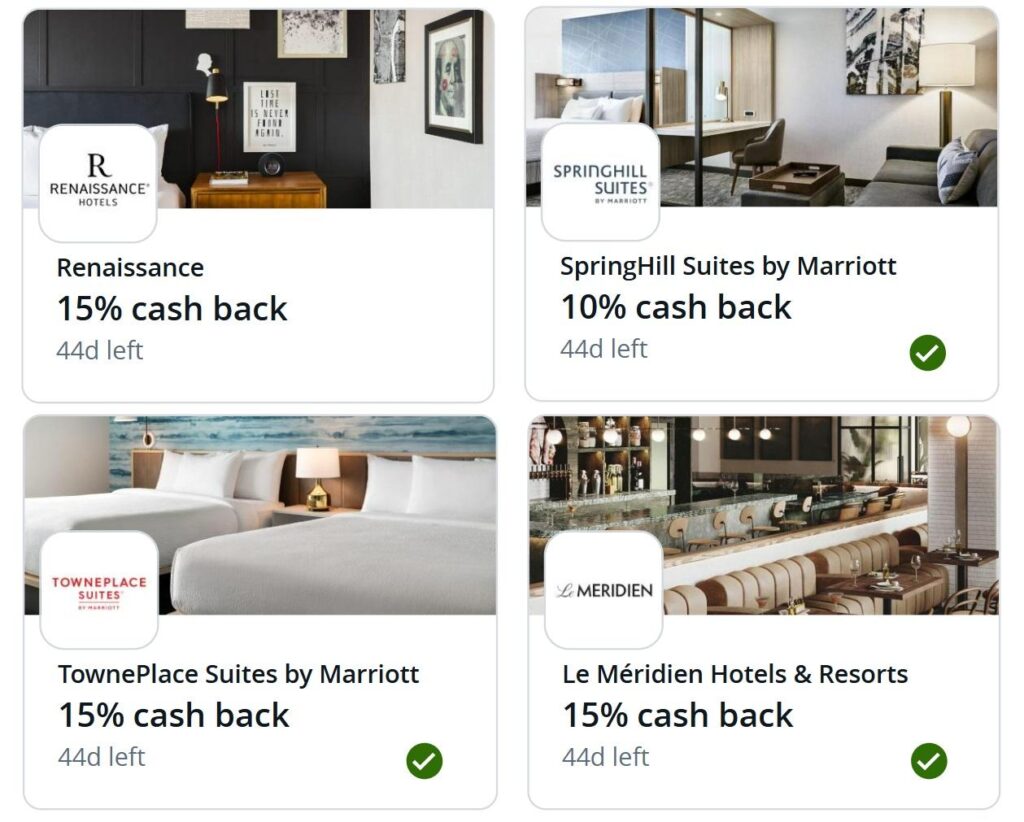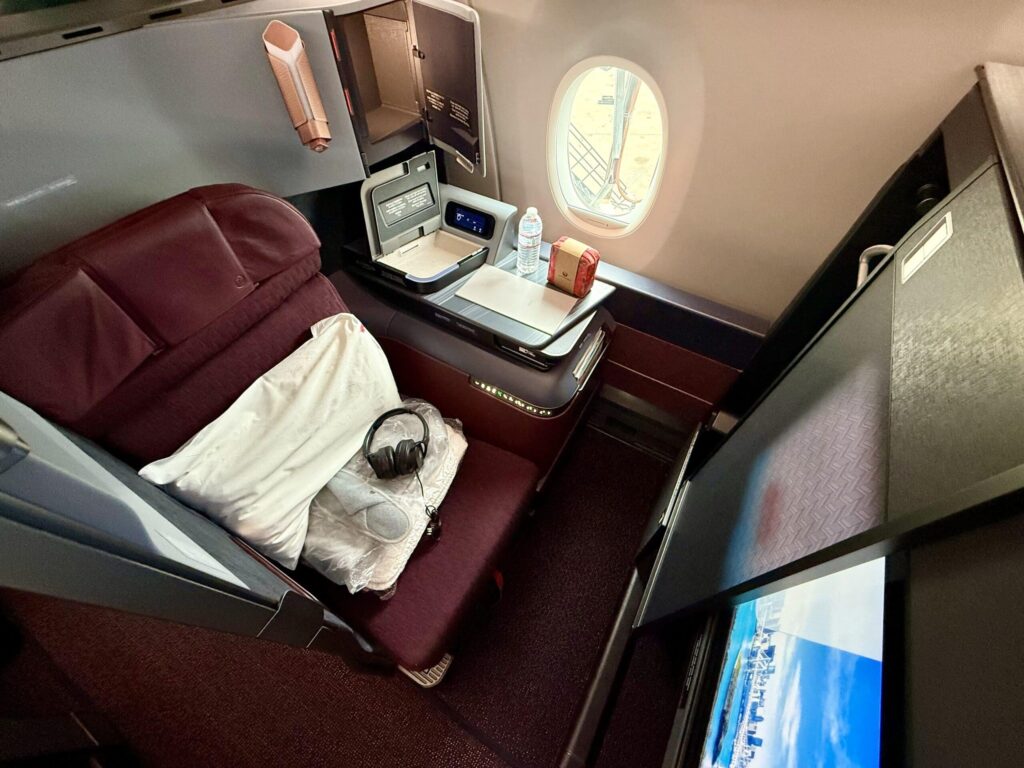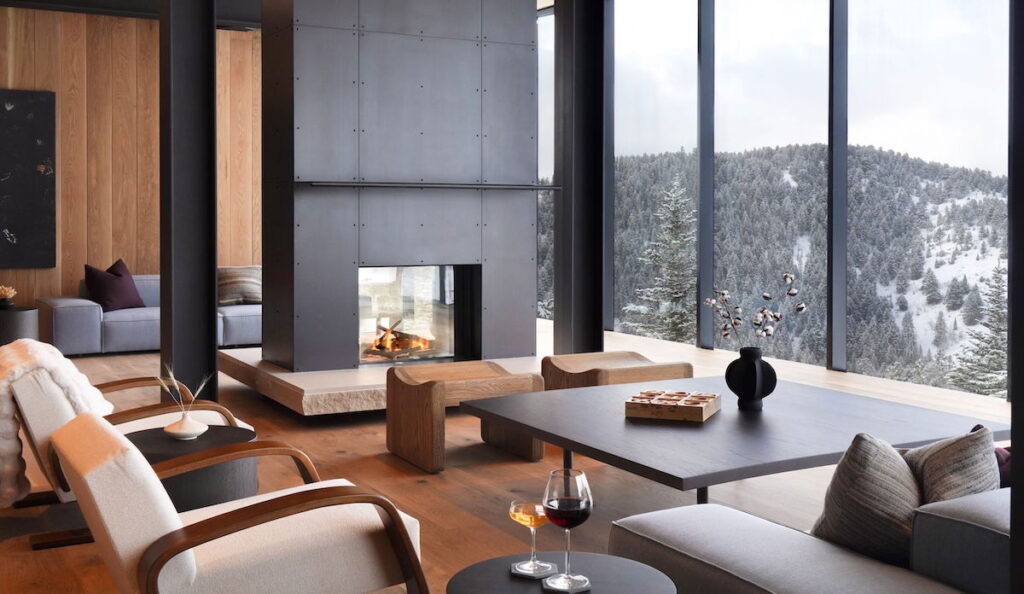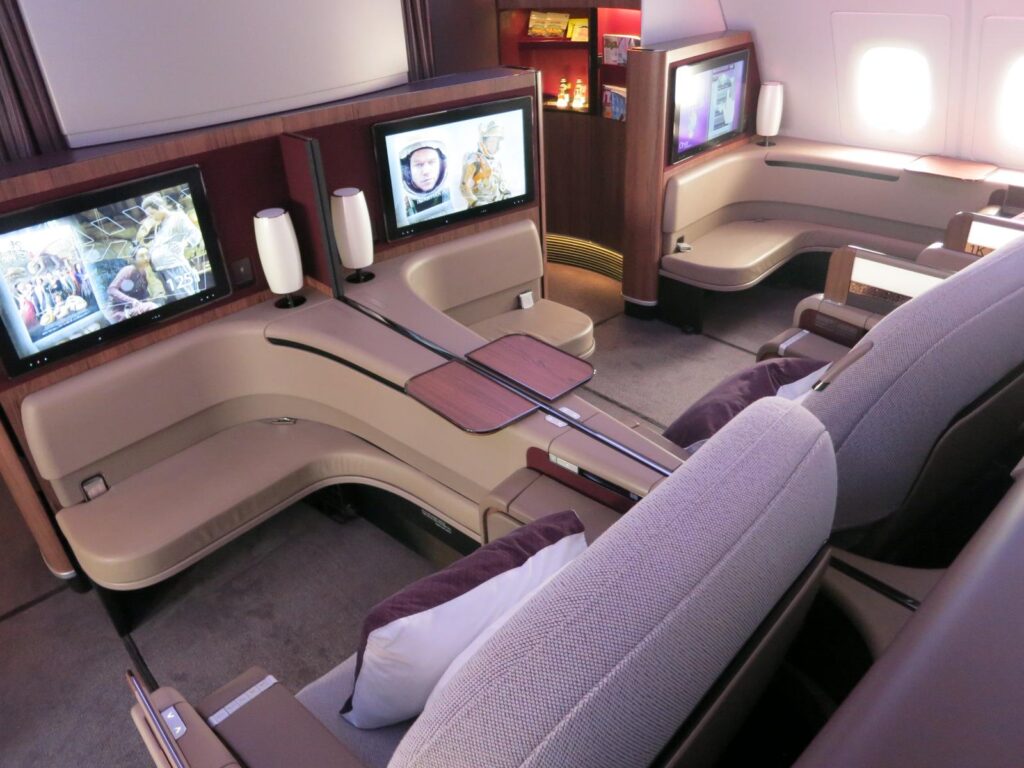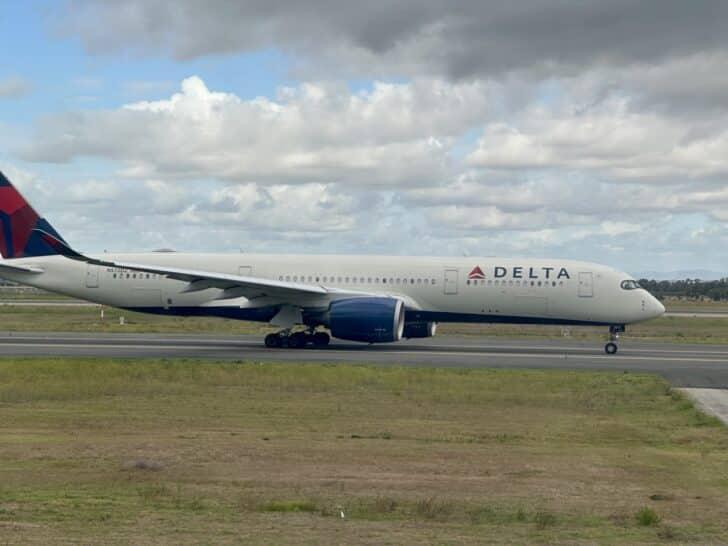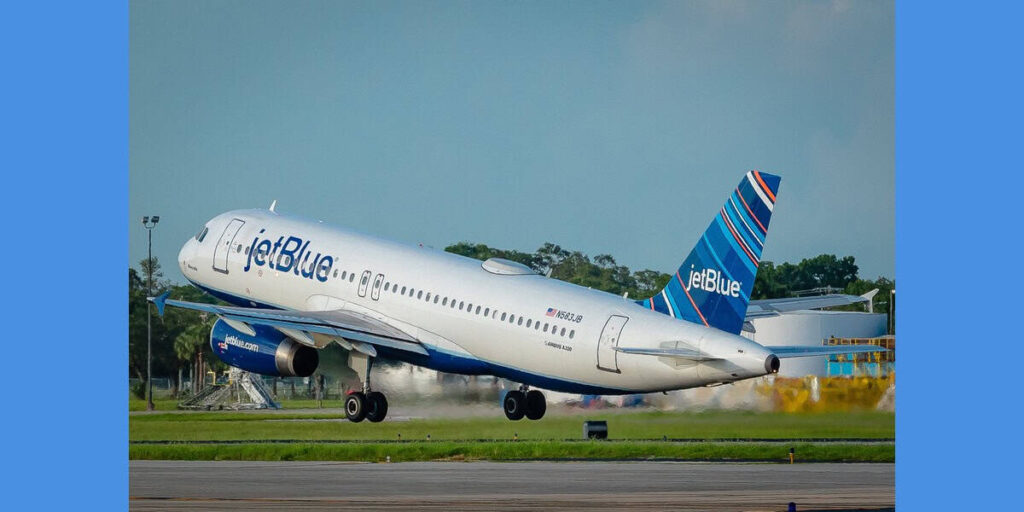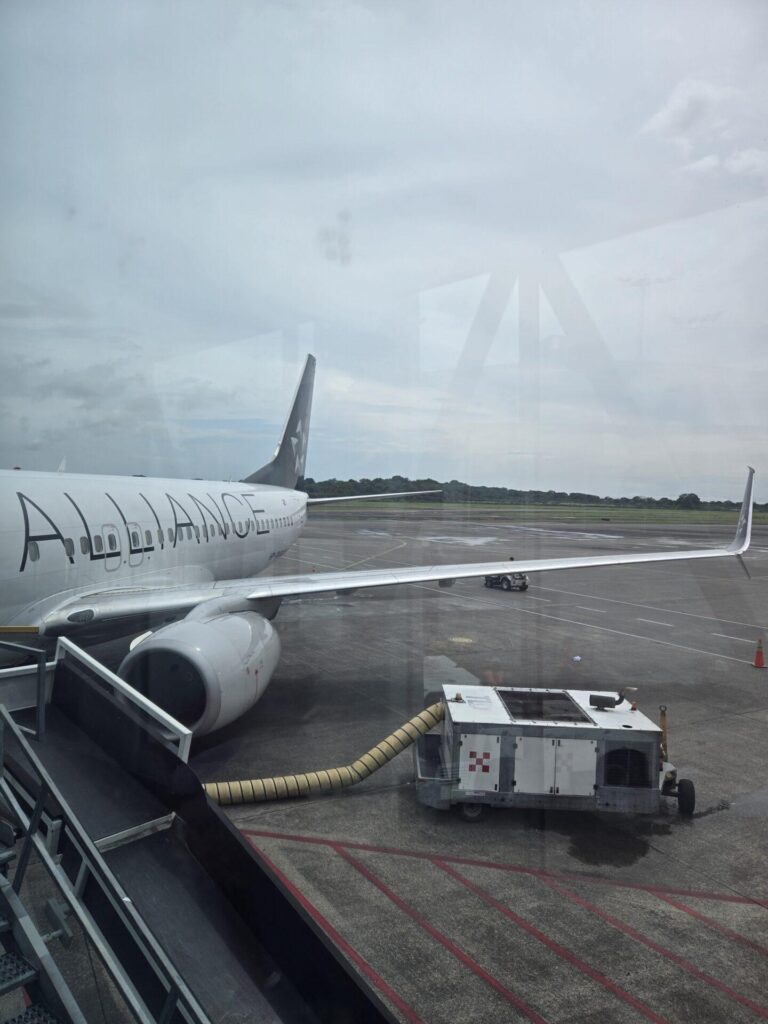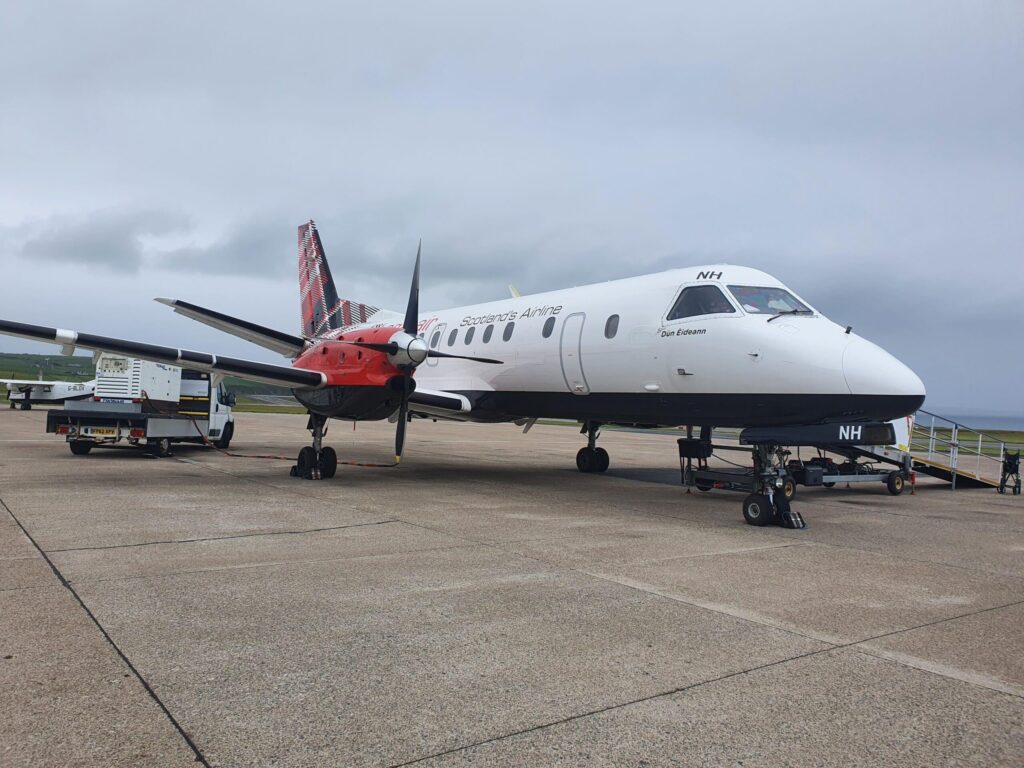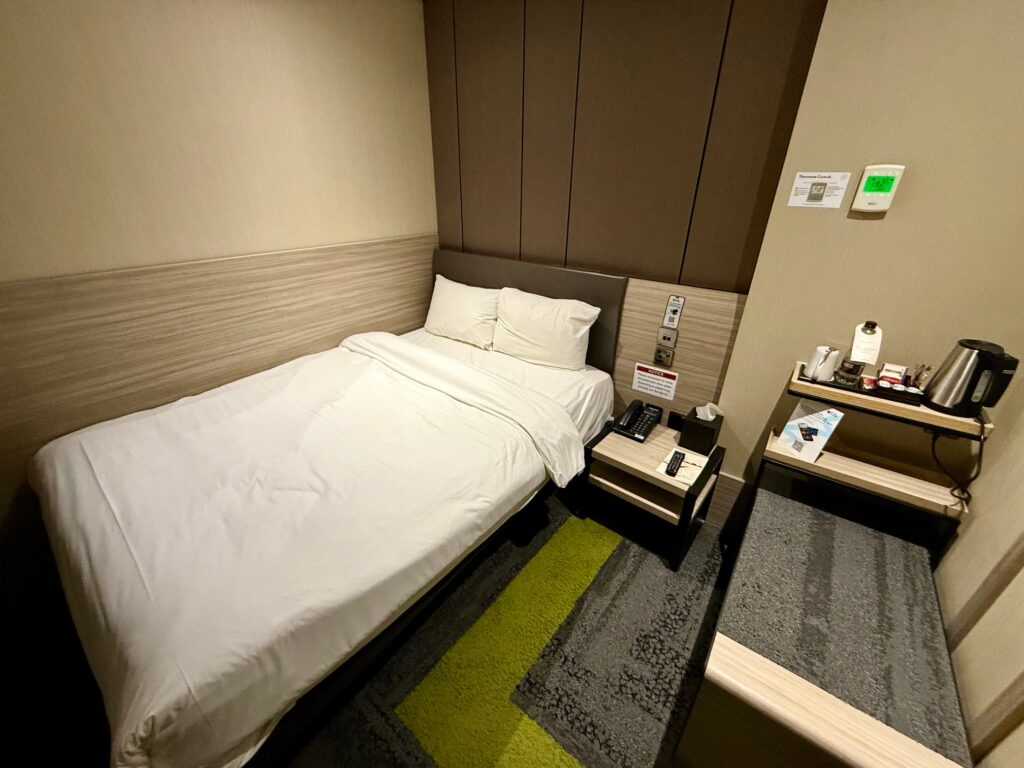Zipair’s Low-Cost Lie-Flat: A Frequent Flyer’s Look
I’ve been keeping an eye on Zipair for a while now, and it’s fascinating to see how it disrupts the premium travel space with its significantly lower-priced lie-flat seats. In 2025, it’s no longer unusual to spot savvy travelers sharing stories about scoring a business-class bed for a fraction of what legacy carriers typically charge.
From what I’ve gathered through countless trip reports and message boards, Zipair strikes a curious balance. On one hand, you can stretch out in a full-flat seat reminiscent of traditional business-class cabins. On the other, you’ll need to pay extra for almost every amenity, from meals to blankets. This approach has stirred mixed feelings among frequent flyers but continues to attract bargain-seekers who prioritize comfort over add-ons.
1. A Budget-Focused Offshoot of JAL
I’ve discovered that Zipair is Japan Airlines‘ (JAL) low-cost subsidiary, launched back in 2022 with the goal of reshaping budget long-haul travel. Their Boeing 787-8 planes typically feature up to 18 “Full Flat” business-class seats in a reverse herringbone layout, a setup some travelers associate with more upscale carriers. According to industry data compiled in late 2024, budget airlines with wide-body aircraft have seen a 20% uptick in passenger volume, thanks in part to cost-conscious flyers seeking more space at lower fares.
From my observations, Zipair strips away many common extras like in-flight meals and lounge access to maintain accessible pricing. They’ve also adopted a digital-first model, with passengers encouraged to book online and manage their own travel details. This strategy keeps operational costs relatively low without sacrificing the fundamentals of a comfortable flight.
I’ve read about how closely JAL monitors Zipair’s performance, ensuring safety and reliable maintenance remain top-notch. While Zipair may not have JAL’s full-service bells and whistles, it still benefits from its parent’s infrastructure when it comes to aircraft standards and technical oversight.
2. The Lie-Flat Seat Experience
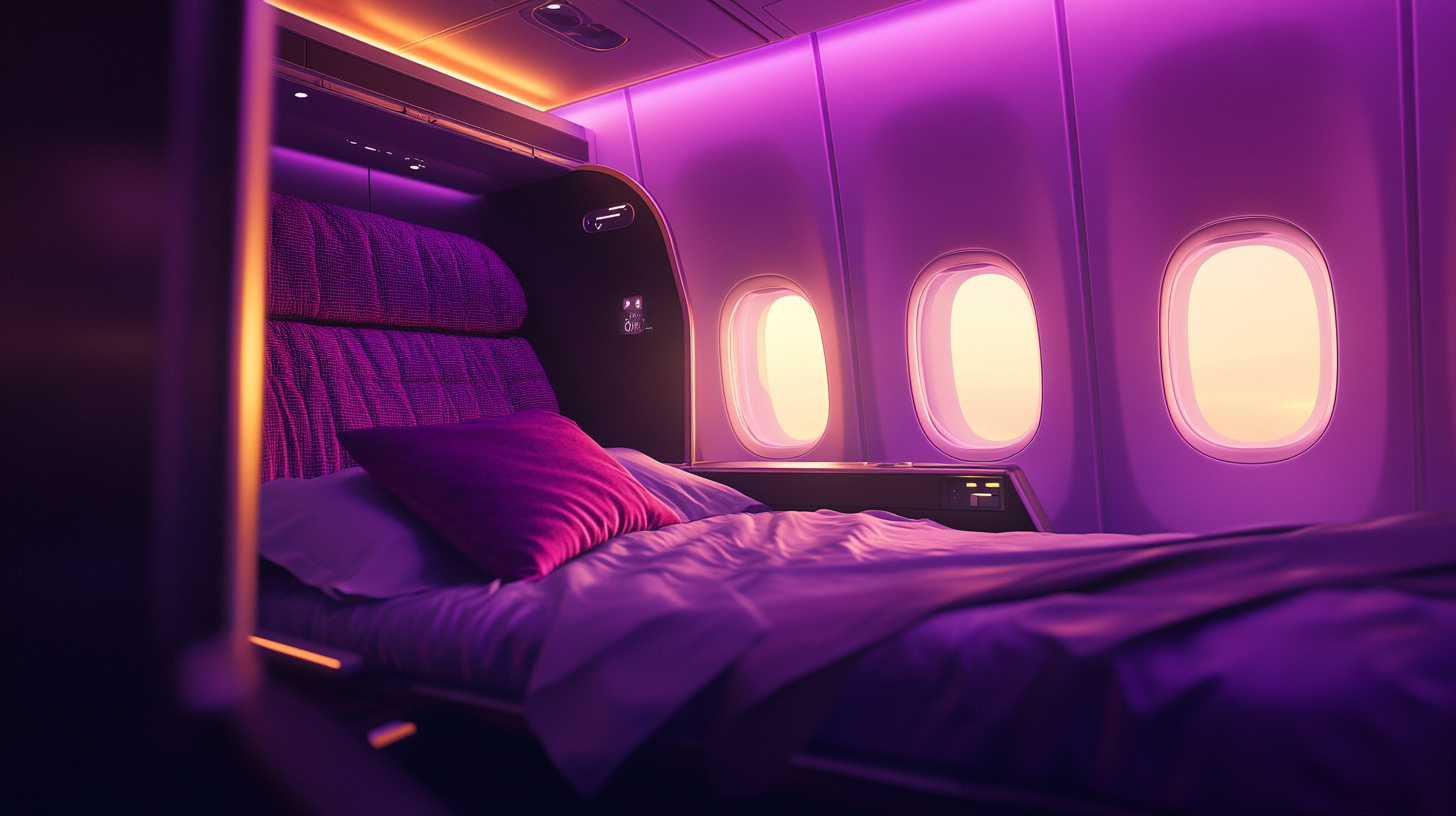
In my deep dive into traveler reviews, most folks were pleasantly surprised by the Zip Full-Flat seats. Each seat offers direct aisle access and ample legroom—rare perks in the low-cost market. While personal entertainment screens are absent, the airline’s complimentary Wi-Fi system is designed for streaming and browsing, provided you bring your own device.
One traveler’s recent post recounted how easy it was to lounge in a fully flat bed while hopping between Tokyo and Seoul. They simply loaded a few movies on their tablet and settled in for a restful flight. Others, however, miss the built-in touchscreen experience found on legacy carriers. Still, the consistent praise for seat comfort suggests Zipair is honored among cost-savvy passengers longing for a better night’s sleep on their long-haul journey.
Interestingly, I’ve noticed how many frequent flyers compare it to premium economy on other airlines. Mini side-by-side reviews often conclude that Zipair’s lie-flat seat easily trumps a standard premium economy product, despite the unbundled fees, especially on flights crossing the Pacific.
3. Unbundled Fares and Fees
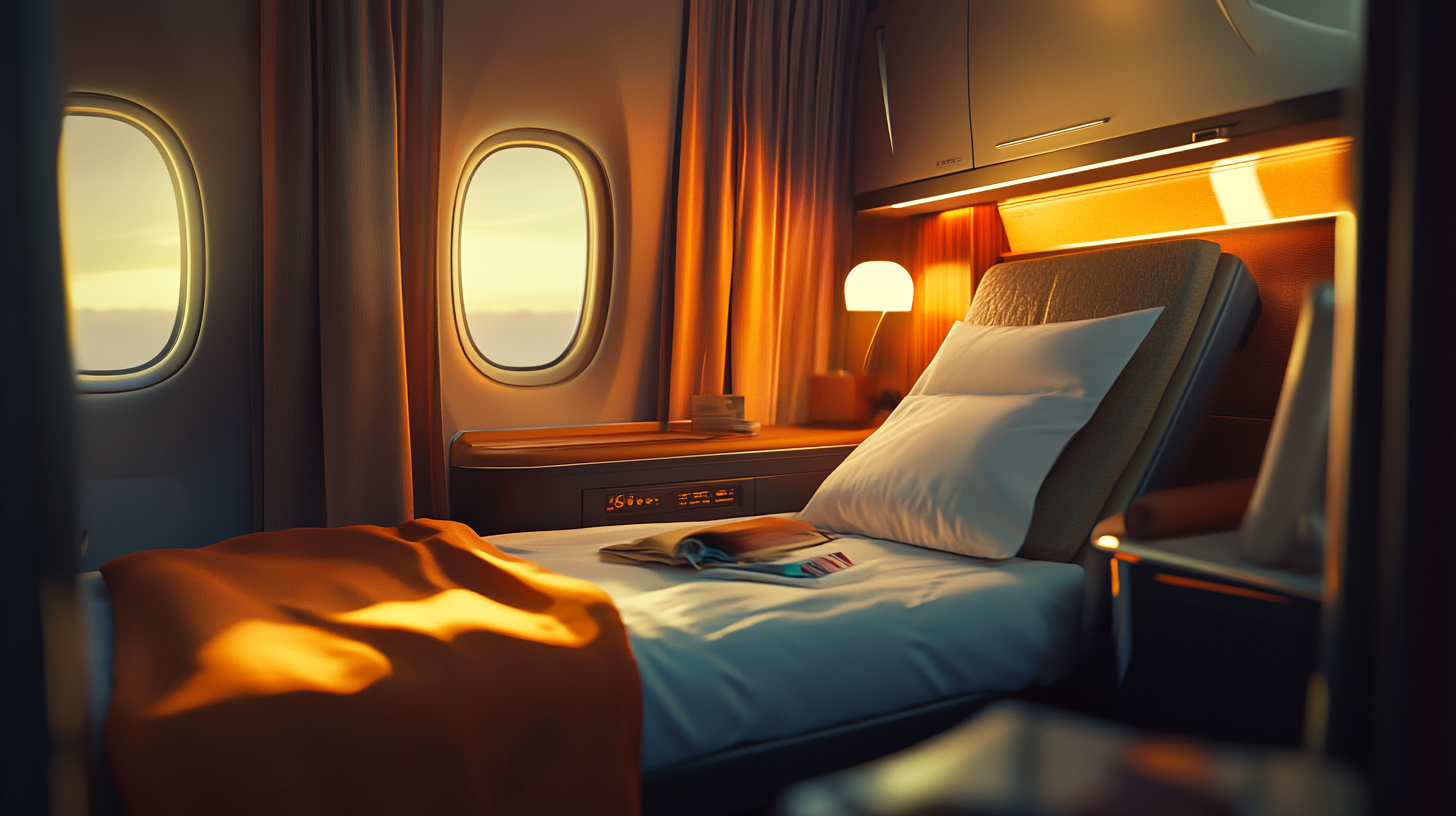
The unbundled model is front and center at Zipair. From my reading of travel forums, it’s common to see first-timers caught off guard by the myriad add-ons: you pay for checked luggage, seat selection, blankets, and even full meals. A recent survey by a major travel publication found that 64% of passengers would be open to paying for extras a la carte, provided the base fare is genuinely cheaper. Zipair seems to be betting on exactly that behavior.
I’ve noticed, however, that some travelers skip the airline’s meals altogether in favor of their own snacks or a quick bite at the airport. Others purchase bundling options—like Flex Biz—that combine perks into a single package for a more traditional experience. The rub is that schedule changes or cancellations can still be disruptive; a few travelers reported challenges rebooking or obtaining refunds with no-frills customer service.
Personally, I see the unbundled approach working well for those who don’t mind carefully planning their flight experience in advance. When you know exactly what you want (and can do without), Zipair’s add-on structure can be surprisingly cost-effective.
4. Booking Challenges and Routes

Booking a Zipair flight can feel like a game of timing and patience. I’ve noticed that the airline releases schedules at intervals, meaning future flights may not always be open when you want to plan. That said, the payoff is a potentially unbeatable fare. Some travelers report nabbing a sub-$900 one-way business seat from Los Angeles to Narita—even during peak cherry blossom season.
Zipair currently links Tokyo’s Narita to Seoul Incheon, Los Angeles, and other global hubs, with discussions of expanding further in 2025. If you’re after flexible plans, though, the sporadic scheduling might pose a headache. A friend of mine who watched the fares for weeks mentioned that flights could suddenly become available or disappear at a moment’s notice, making it essential to stay vigilant.
Despite these challenges, this route network appeals to cost-conscious flyers who don’t mind a bit of uncertainty. I’ve seen a surge of people using layovers in Japan to explore Tokyo for a day or two, then continuing onward—turning what might have been an average flight into a mini travel adventure.
5. Is It Worth It for Frequent Flyers?
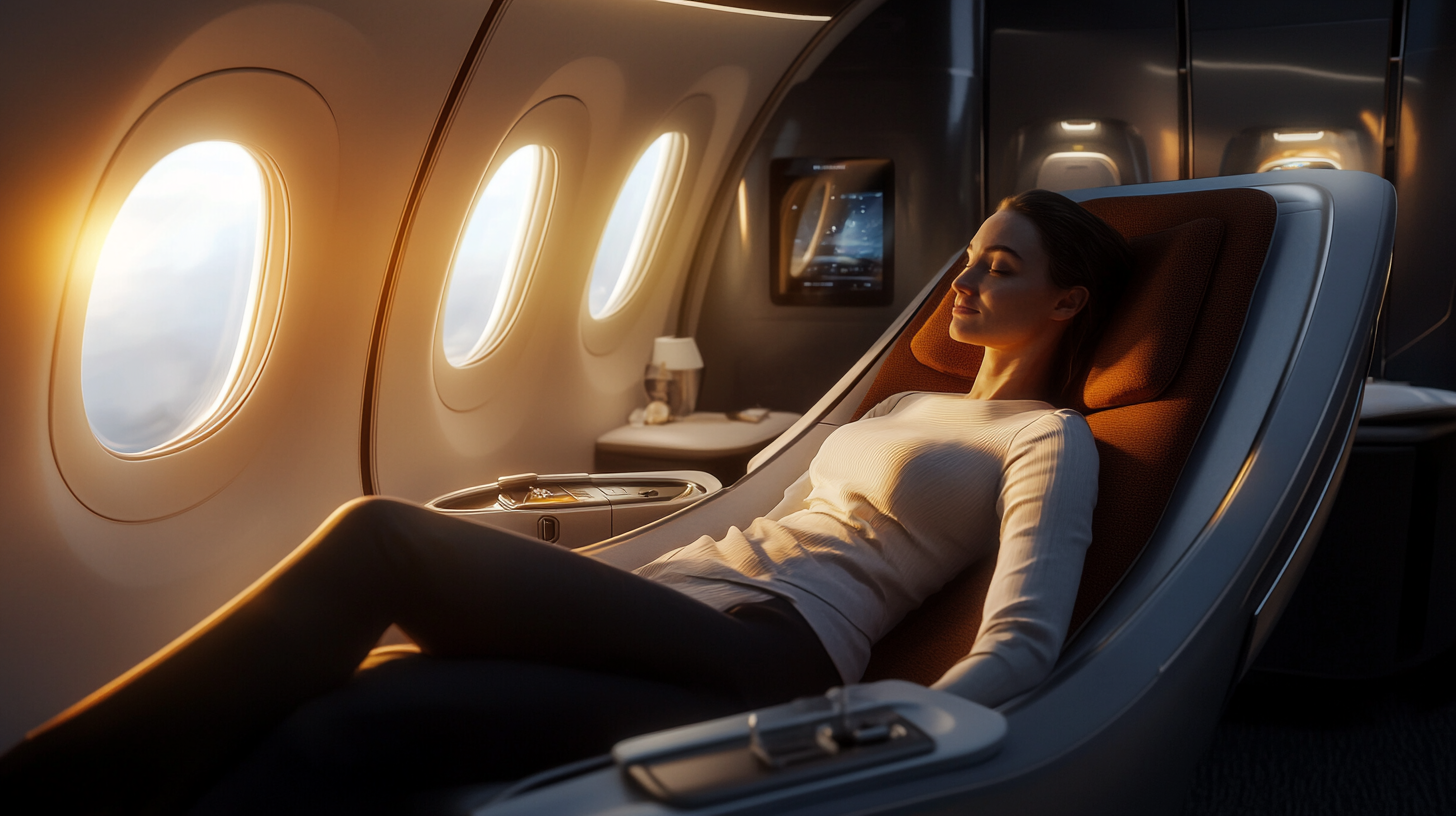
The question I hear most often is whether Zipair justifies the trade-offs for a frequent flyer. If you value a fully flat bed and are comfortable orchestrating your own in-flight experience, Zipair can be a gem. You’ll save hundreds—sometimes thousands—compared to full-service carriers, and the free Wi-Fi keeps you connected for work or entertainment.
Of course, there are drawbacks. The cost of extras can add up quickly if you prefer to check multiple bags or enjoy in-flight amenities the old-fashioned way. The airline’s fare rules also lean toward “no refunds, no changes,” which can test your flexibility. Reading through user reports, it becomes clear that Zipair is best for those who plan ahead and know exactly what they’re signing up for.
In my view, the potential for huge savings often outweighs the annoyances, especially if you’re a frequent flyer who needs plenty of long-haul rest. The fact that you can lie flat for a price near or below premium economy on other airlines feels like a real travel hack.
Final Thoughts
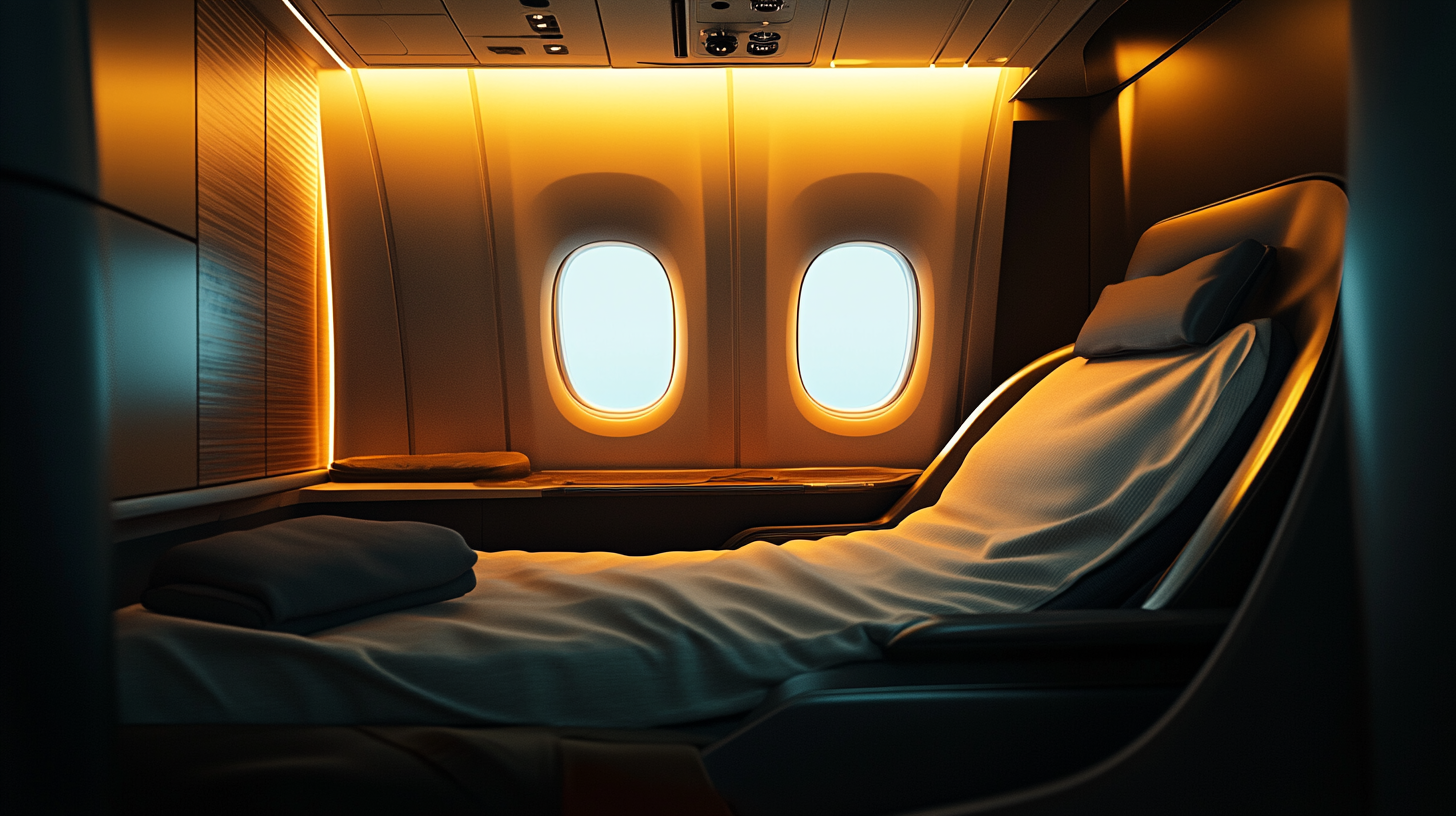
I’ve encountered a wide range of opinions on Zipair, but most travelers admire the airline’s willingness to push boundaries. By cutting out what some consider unnecessary frills, Zipair passes along real savings to passengers. This fresh approach might not win over everyone, especially those who crave a more traditional, all-inclusive experience.
Still, it’s hard to argue with the value that a truly lie-flat seat offers, especially on flights spanning oceanic distances. Getting a good night’s sleep at 35,000 feet can mean arriving at your destination feeling energized, and Zipair seems determined to make that more accessible.
Sky Skylar’s Take
After reading countless trip reports and analyzing the data on how this new model impacts travel patterns, I see Zipair’s approach as a sign of the times. Travelers want choices, and they’re willing to trade extras for significant savings. This wouldn’t have worked for everyone a decade ago, but today’s apps, streaming services, and travel-savvy mindsets make “self-service” flying much more approachable.
Whether Zipair’s model becomes the norm for transpacific flights or remains a niche product is yet to be seen. However, there’s no denying that competition benefits flyers. The more creative airlines get in rethinking premium cabins, the easier it becomes for travelers to explore the world in comfort without breaking the bank.
Follow us back to BoardingArea.

